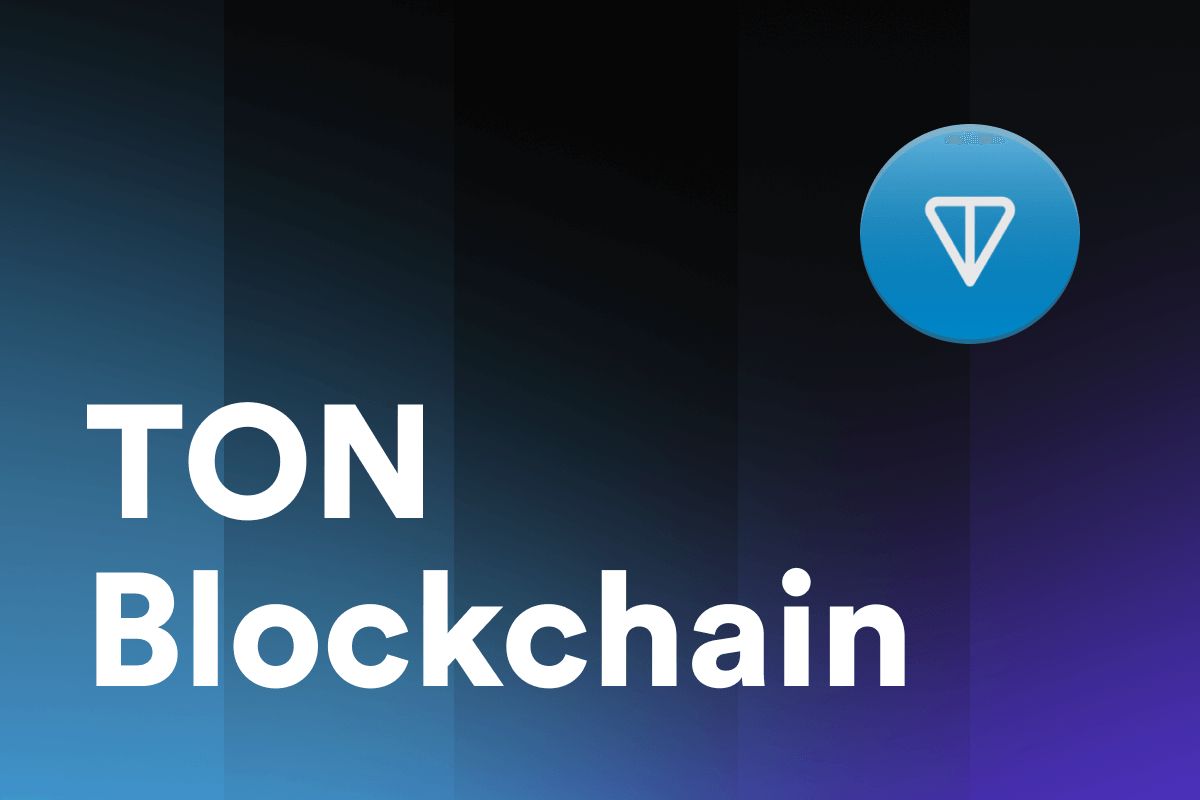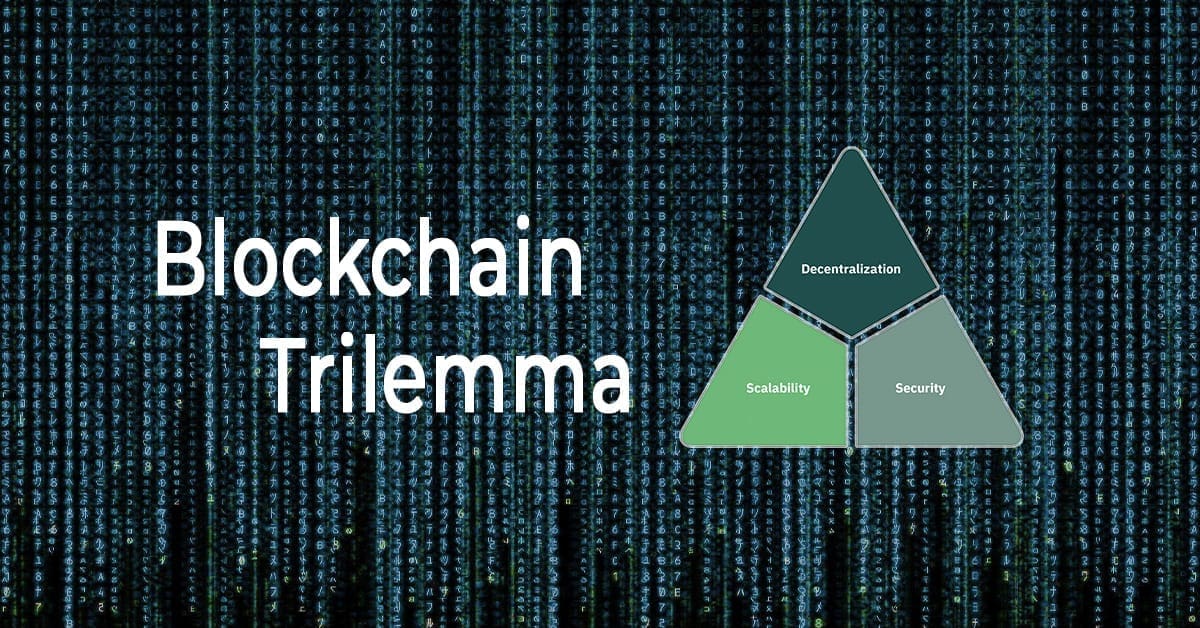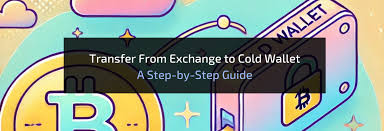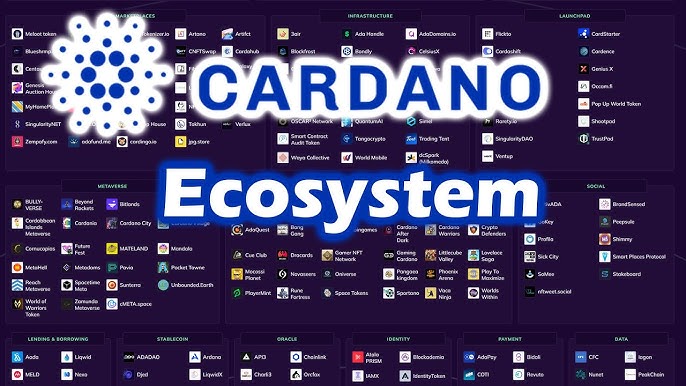TON Blockchain: Complete Details
TON (The Open Network) is a decentralized blockchain platform developed by the team behind Telegram, one of the world’s most popular messaging apps. Initially designed as Telegram Open Network, it was created to facilitate fast, scalable, and secure transactions in the digital world. Over time, it has evolved into an independent project with its own governance, community, and ecosystem, despite the legal challenges it faced during its early stages.
TON’s goal is to provide an infrastructure capable of supporting a wide range of decentralized applications (dApps), smart contracts, and services, while overcoming the scalability issues faced by many early blockchain projects, including Bitcoin and Ethereum. In this article, we will explore TON blockchain’s design, consensus mechanism, key features, and applications.
1. Introduction to TON Blockchain
The TON Blockchain was initially developed by Telegram with the intention of creating a decentralized ecosystem that would support payments, smart contracts, decentralized applications, and a fast, secure cryptocurrency. It was intended to be a highly scalable blockchain that would provide users with low-cost, fast transactions.
The project faced significant challenges, particularly a legal battle with the U.S. Securities and Exchange Commission (SEC), which halted the original ICO (Initial Coin Offering) and forced Telegram to withdraw from the project. However, the open-source community took over the development of TON, and it was renamed The Open Network (TON).
The new TON blockchain continues to aim for mass adoption, offering faster and more scalable solutions for cryptocurrency transactions, decentralized finance (DeFi), and decentralized applications (dApps).
2. Key Features of TON Blockchain
2.1 High Scalability
One of the primary features of TON blockchain is its ability to scale efficiently. Traditional blockchain networks like Bitcoin and Ethereum face scalability issues, particularly when transaction volumes increase. As more transactions are added, the network becomes congested, leading to slower speeds and higher fees.
TON tackles this issue by implementing a unique architecture called sharding. Sharding allows the blockchain to be split into smaller, more manageable pieces called “shards,” each of which can process transactions independently. This architecture enables TON to achieve high throughput and handle millions of transactions per second.
2.2 Multi-Blockchain Architecture
The TON blockchain consists of several interconnected blockchains, including a master chain and multiple shard chains. The master chain oversees the general operation of the system and ensures that all the shard chains work together harmoniously.
- Master Chain: This chain holds the overall system state and handles global consensus, ensuring that all transactions and blocks are valid.
- Shard Chains: Each shard chain processes a specific subset of transactions, improving performance by parallelizing the work. These chains communicate with one another and the master chain to maintain synchronization.
This design is highly efficient and allows the network to process transactions more quickly and securely.
2.3 Proof-of-Stake (PoS) Consensus
TON uses a Proof-of-Stake (PoS) consensus mechanism instead of the energy-intensive Proof-of-Work (PoW) used by Bitcoin. In PoS, validators (or nodes) are chosen to propose and validate new blocks based on the number of coins they hold and are willing to “stake” as collateral.
Validators are incentivized to act honestly because they can lose their staked coins if they are caught attempting to defraud the network. This consensus mechanism is more energy-efficient and can handle a much higher volume of transactions than PoW systems.
2.4 TON Storage
Another significant feature of TON is its decentralized storage solution. The TON blockchain includes a built-in storage system where files, documents, and data can be stored securely in a decentralized manner, rather than relying on centralized servers. This decentralized storage is a key feature that can support dApps and other decentralized services.
2.5 TON Services and Ecosystem
TON is designed to offer a variety of services that can be integrated into its blockchain. Some of the notable components include:
- TON Payments: A payment system built into the blockchain to facilitate fast, low-cost transactions. It is integrated with Telegram to make transactions easier and more accessible for users of the messaging app.
- TON Virtual Machine (TVM): The TON Virtual Machine is the environment where smart contracts are executed on the TON blockchain. It supports the development and execution of decentralized applications (dApps), enabling developers to build a wide range of applications on the blockchain.
- TON Browser: A decentralized web browser that allows users to access decentralized applications (dApps) and interact with smart contracts without relying on centralized platforms.
3. TON Blockchain Use Cases and Applications
TON blockchain has many use cases due to its versatility and scalability. Some of the key applications include:
3.1 Cryptocurrency Payments
TON was originally designed to facilitate cryptocurrency payments through its native token, Toncoin (TON). With TON’s high scalability and low transaction costs, it is an ideal platform for peer-to-peer (P2P) transactions, cross-border payments, and micropayments. This can greatly enhance the user experience for Telegram’s massive user base, where in-app payments are becoming increasingly popular.
3.2 Decentralized Finance (DeFi)
Just like other blockchain platforms such as Ethereum, TON supports decentralized finance applications. Through its TON Virtual Machine, developers can create decentralized exchanges (DEXs), lending protocols, yield farming platforms, and other DeFi applications that provide financial services without intermediaries.
TON’s scalability and speed make it an attractive choice for DeFi applications, as they require high throughput and low fees to remain functional in a real-world scenario.
3.3 Decentralized Applications (dApps)
The TON blockchain supports the development of decentralized applications (dApps). The TON Virtual Machine allows developers to create dApps that can interact with smart contracts, ensuring that transactions are trustless, automated, and decentralized. These applications can span across various industries, including gaming, finance, healthcare, and more.
3.4 Decentralized Storage and File Sharing
With TON’s decentralized storage solution, it is possible to store and share data securely across the blockchain. This makes it an ideal platform for hosting decentralized file-sharing systems, similar to the IPFS (InterPlanetary File System), that allow users to store and access data in a censorship-resistant and secure manner.
3.5 Tokenization and Asset Management
TON’s infrastructure can also be used to tokenize assets, whether they be real estate, digital collectibles (NFTs), or financial products. By tokenizing assets, users can easily trade and manage assets in a decentralized environment, making the process more accessible and transparent.
4. TON Governance and Community
The TON blockchain is governed by a decentralized community of validators, developers, and users. Although it started as a project developed by Telegram, it has evolved into an open-source initiative with a robust and active community. The governance of the TON network ensures that decision-making power is distributed, making the platform more democratic and resilient to centralized control.
The TON community is actively involved in the development of new features, improvements, and applications for the platform. Validators and developers play a key role in ensuring the platform’s success by participating in governance decisions, validating transactions, and creating decentralized applications on the network.
5. Challenges Faced by TON Blockchain
While TON offers many advantages, it also faces challenges that it must overcome:
5.1 Legal Issues
TON’s development was initially halted by the U.S. SEC, which filed a lawsuit against Telegram over the illegal sale of tokens to U.S. investors during its ICO. Telegram eventually agreed to shut down the project, but the open-source community continued to develop the project under the name The Open Network.
This legal battle has left some uncertainty around the future of TON, especially with respect to regulatory scrutiny and compliance with global financial regulations.
5.2 Adoption and Network Effects
While TON has an active and growing community, adoption of its blockchain in the broader cryptocurrency and blockchain ecosystem is still in the early stages. Gaining widespread adoption will require the platform to attract more developers, users, and applications to build on the network.
5.3 Competition from Other Blockchains
TON faces significant competition from established blockchain platforms such as Ethereum, Binance Smart Chain, and Solana. These platforms have already gained considerable traction in the market and offer similar features like smart contracts, DeFi, and dApps. TON will need to distinguish itself further and prove its scalability and reliability to secure a place in the crowded blockchain space.
6. Conclusion
TON blockchain is a highly scalable, fast, and decentralized platform designed to address the shortcomings of traditional blockchain technologies. With its sharding architecture, Proof-of-Stake consensus, and decentralized storage, TON has the potential to become a major player in the blockchain ecosystem, particularly in cryptocurrency payments, DeFi, and decentralized applications.
However, it must overcome challenges related to regulation and adoption in order to achieve its full potential. With continued development and a strong community behind it, TON blockchain has the opportunity to revolutionize various industries and create a truly decentralized internet.




